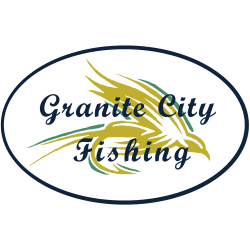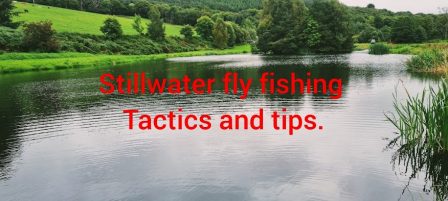Although they’re called Stillwater’s, and all you’ll see from above is a bit of surface ripple, Stillwater’s aren’t actually still beneath the surface. The wind action on most lakes causes the water to move constantly, which means that food is always on the move with the trout following it.
Trout in rivers usually position themselves with their noses pointing upstream so they can effortlessly consume anything that drifts past them. Trout in Stillwater’s can behave similarly and will sometimes position themselves into the wind.
Obstacles, such as points and islands, also affect the movement of the water, so look for the areas where the water is being driven to locate the feeding trout.

